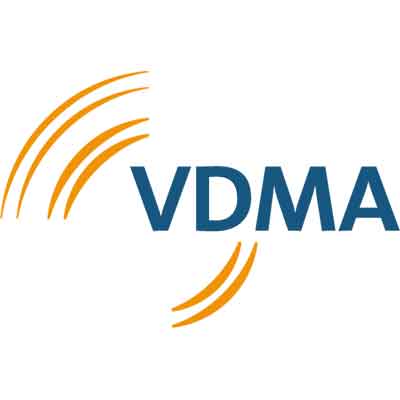
The field of manufacturing and packaging machines for medicinal products is a small, highly specialized sub-sector of the German mechanical engineering industry. Within the international competition this sector holds its own very successfully. For this industry, interpack is the world's leading trade fair this year. Customers from all over the world are coming to Düsseldorf to find out about the latest developments in the production, filling and packaging technology for medicinal products. There are good reasons for this. After all, the supplier industry of what was once termed “the pharmacy is the world” is still the most sought-after supplier of production and packaging machinery. With a production volume of 1.7 billion euros (according to VDMA estimates) and a world market share of about a quarter of world production, the German pharmaceutical machinery industry leads the world market.
The industry is expecting further growth
Over the past few years, this industry has continuously built up production capacities. The industry is responding to the business situation and the good structural conditions of the pharma sector which continue to be good. The most important group of customers, the internationally active pharmaceutical corporations, has meanwhile successfully steered passed the so-called 'patent cliff'. Their “research coffers” are well filled and new products will compensate for declines in sales through expiring patents. Demographic factors, such as the growing obsolescence in the industrialized countries and the increase in civilization diseases in the emerging countries, as well as the increasing cost pressure on drug manufacturers by healthcare providers, ultimately stimulate the demand for pharmaceutical production and packaging machines.
Classic markets boost the industry
The current VDMA spring survey has confirmed the good standing of the industry. Demand is also being supported by the "traditional" markets (Germany, Western Europe and North America), above all the stable positive domestic business. On the other hand, in the so-called emerging countries demand has decreased somewhat, partly due to an installed overcapacity, as in China, and partly because of structural weaknesses such as in Latin America and Russia. For the coming months, our members expect the demand for the "old" markets to remain stable on a high level. In addition, there will be a stabilization of the demand in the Far East. Overall, the economy can be expected to remain good.
Interpack: "Conti" and "Single Use" shake up the market
Let us highlight two foci from the multitude of trade fair topics: “continuous production "and" the use of single-use components ".
The topic of continuous production "has been discussed in specialist circles for years. Meanwhile, the technology has hit the market. The number of projects has grown, and more and more manufacturers are offering new technical concepts. Conti has established itself as a technical alternative to traditional batch processes. However, a breakthrough is not to be expected too soon. The pharmaceutical industry is known to be very conservative when it comes to manufacturing processes. The example "insulator technology" shows, however, that once a technology has proven its worth, it can also be successful in the long term. In the middle of the 80s, the first insulator lines were installed. Since then, the discussion about the pros and cons of this technology has been going to and fro. Now the pro-arguments seem to have prevailed in the market: The bulk of current projects are manufactured with insulator filling lines.
In the production of sterile and biotech products, installations with single-use components are rapidly gaining in importance. Advantages in cleaning validation as well as shortened cleaning and change-over times ensure that more than half of the new installations in the biotech sector are now single-use concepts. For filling plants, the question of retrofitting or the actual option to change over to single-use concepts is still a brand-new topic. However, the classic stainless steel installations also score points. Their benefits are: inert materials, no limitation of batch sizes, greater choice and less dependency on suppliers. Without any doubt - both concepts have their justified place in the market, merely their roles have changed in the last few years. Today, single use is the top dog, stainless steel is increasingly pushed back into niches.
VDMA "Machinery and equipment for pharmaceuticals and cosmetics" at interpack
Please visit us in Hall 5 / J38. Your contact: Dr. Peter Golz







